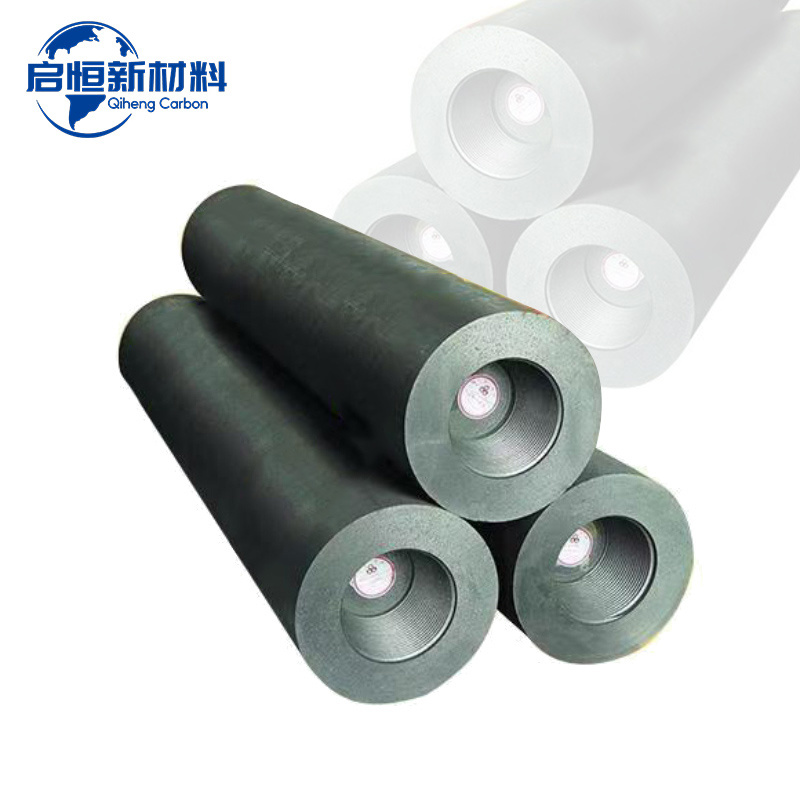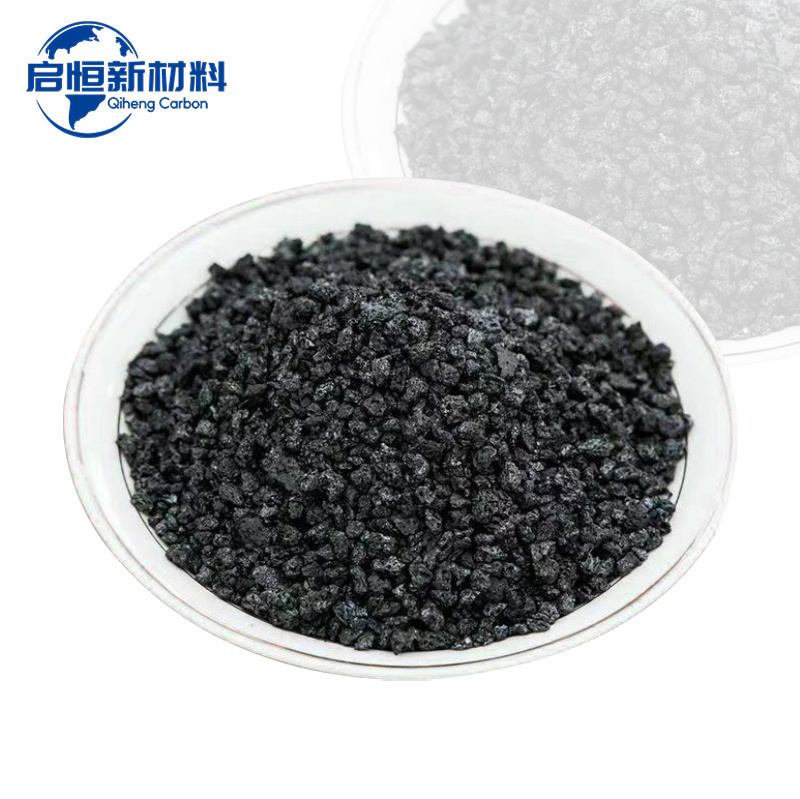Understanding Graphite Electrodes in Steel Making: A Key Component for Efficient Production
Summary:
Graphite electrodes play a crucial role in the steel-making process, particularly in electric arc furnaces (EAFs), where they serve as the primary conductors of electricity needed to melt scrap steel and other materials. The efficiency and effectiveness of the steel production process are significantly influenced by the quality and characteristics of these electrodes. Understanding the properties

Graphite electrodes play a crucial role in the steel-making process, particularly in electric arc furnaces (EAFs), where they serve as the primary conductors of electricity needed to melt scrap steel and other materials. The efficiency and effectiveness of the steel production process are significantly influenced by the quality and characteristics of these electrodes. Understanding the properties and advantages of graphite electrodes can help industry professionals make informed decisions about their usage.
One of the main advantages of using graphite electrodes for steel making is their excellent electrical conductivity. Graphite has a high thermal and electrical conductivity, which allows for an efficient transfer of electrical energy. This property is critical in EAFs, where the melting process relies on generating high temperatures through electrical arcs. Additionally, graphite electrodes are resilient to thermal shock, meaning they can withstand the extreme temperature fluctuations associated with the steel-making process.
Another significant aspect is the purity of the graphite used in manufacturing these electrodes. High-purity graphite electrodes reduce the risk of contamination in the steel, leading to improved overall quality of the final product. The quality of graphite electrodes is often classified based on their density, resistivity, and mechanical strength, all of which are vital parameters that influence their performance in steel production.
Furthermore, the use of graphite electrodes in steel making is increasingly recognized for its role in promoting energy efficiency and sustainability. EAFs that utilize high-quality graphite electrodes typically consume less energy compared to traditional blast furnaces. This is due to the lower resistivity and better heat retention properties of graphite, which result in reduced energy consumption during the melting process. As the global focus shifts towards reducing carbon footprints, the use of graphite electrodes aligns well with sustainability goals.
Moreover, the recycling aspect of using scrap steel in EAFs presents an environmentally friendly approach to steel production. The demand for high-quality graphite electrodes is likely to grow as industries seek to enhance their production processes and meet stricter environmental regulations.
In conclusion, understanding the role of graphite electrodes in steel making is vital for professionals in the metallurgy sector. Their exceptional properties not only facilitate efficient steel production but also contribute to energy savings and sustainability efforts. As the industry evolves, staying informed about advancements in graphite electrode technology will be essential for maintaining competitiveness and addressing environmental challenges in steel production.
One of the main advantages of using graphite electrodes for steel making is their excellent electrical conductivity. Graphite has a high thermal and electrical conductivity, which allows for an efficient transfer of electrical energy. This property is critical in EAFs, where the melting process relies on generating high temperatures through electrical arcs. Additionally, graphite electrodes are resilient to thermal shock, meaning they can withstand the extreme temperature fluctuations associated with the steel-making process.
Another significant aspect is the purity of the graphite used in manufacturing these electrodes. High-purity graphite electrodes reduce the risk of contamination in the steel, leading to improved overall quality of the final product. The quality of graphite electrodes is often classified based on their density, resistivity, and mechanical strength, all of which are vital parameters that influence their performance in steel production.
Furthermore, the use of graphite electrodes in steel making is increasingly recognized for its role in promoting energy efficiency and sustainability. EAFs that utilize high-quality graphite electrodes typically consume less energy compared to traditional blast furnaces. This is due to the lower resistivity and better heat retention properties of graphite, which result in reduced energy consumption during the melting process. As the global focus shifts towards reducing carbon footprints, the use of graphite electrodes aligns well with sustainability goals.
Moreover, the recycling aspect of using scrap steel in EAFs presents an environmentally friendly approach to steel production. The demand for high-quality graphite electrodes is likely to grow as industries seek to enhance their production processes and meet stricter environmental regulations.
In conclusion, understanding the role of graphite electrodes in steel making is vital for professionals in the metallurgy sector. Their exceptional properties not only facilitate efficient steel production but also contribute to energy savings and sustainability efforts. As the industry evolves, staying informed about advancements in graphite electrode technology will be essential for maintaining competitiveness and addressing environmental challenges in steel production.
Focus On Hot Spots
Understanding the Lifecycle of a Graphite Crucible: From Creation to Application
Understanding the Lifecycle of a Graphite Crucible
Graphite crucibles are essential tools widely used in various industrial applications, particularly in metallurgy. Their unique properties, such as high thermal conductivity and resistance to thermal shock, make them indispensable for melting metals and other applications. In this article, we will delve into the lifecycle of a graphite crucible, e
Understanding Calcined Petroleum Coke: Properties, Applications, and Benefits
Calcined petroleum coke (CPC) is a carbonaceous solid material derived from the thermal processing of green petroleum coke, which is produced during the oil refining process. The calcination process involves heating green petroleum coke to high temperatures (approximately 1200°C to 1400°C) in a controlled atmosphere, which drives off volatile compounds and enhances the carbon content, resulting in









